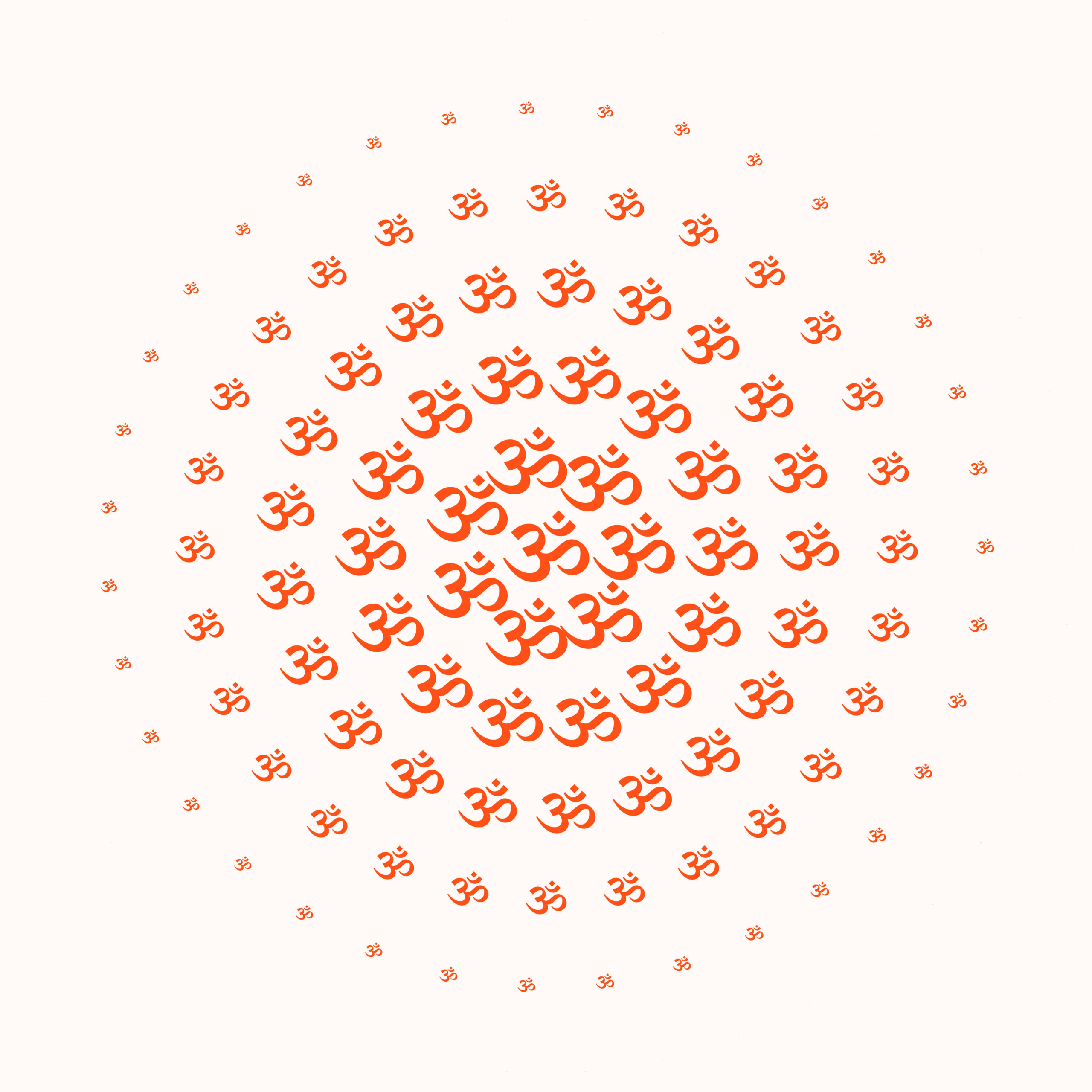The Upanishads are a collection of ancient philosophical texts that form the concluding part of the Vedic scriptures. They are considered the culmination of the Vedic wisdom and are often referred to as the Vedanta, meaning “the end of the Vedas” or “the essence of the Vedas.” The Upanishads delve into profound metaphysical and philosophical inquiries, exploring the nature of reality, the self, and the ultimate nature of existence.
The term “Upanishad” is derived from the Sanskrit words “upa” (near), “ni” (down), and “shad” (to sit), indicating a close and intimate sitting between the teacher and the student. The Upanishads are dialogues or conversations between enlightened sages and earnest seekers of knowledge, discussing profound philosophical and spiritual subjects.
The Upanishads are not attributed to any specific author but are considered revelations of eternal truths by enlightened seers or rishis. They were transmitted orally from teacher to student, preserving the wisdom and insights of the ancient sages over thousands of years. Eventually, these teachings were recorded in writing to ensure their preservation.
The Upanishads explore a wide range of topics, focusing on the nature of the self (Atman), the nature of the ultimate reality (Brahman), the relationship between the individual self and the universal self, the concept of karma (the law of cause and effect), and the path to liberation (moksha) or spiritual enlightenment.
One of the central teachings of the Upanishads is the concept of non-duality (Advaita), which emphasizes the underlying unity of all existence. They assert that the ultimate reality, Brahman, is beyond all names, forms, and dualities, and is the essence of everything. The Upanishads invite individuals to realize their true nature as the eternal, unchanging self (Atman), which is not separate from Brahman.
The Upanishads present different paths to attaining spiritual realization. Some advocate the path of knowledge (Jnana Yoga), emphasizing the importance of self-inquiry, discernment, and the direct realization of the ultimate truth. Others advocate the path of devotion (Bhakti Yoga), highlighting the significance of surrendering to a personal deity and cultivating a deep and loving relationship with the divine. Still, others discuss the path of meditation and contemplation (Dhyana Yoga), emphasizing the practice of stilling the mind and attaining a state of focused awareness.
The Upanishads also discuss various philosophical concepts, such as Maya (the illusion of the phenomenal world), Samsara (the cycle of birth and death), and the relationship between the individual soul and the cosmic soul. They explore the nature of existence, the transient nature of the physical world, and the eternal nature of the self.
Some of the most well-known Upanishads include the Brihadaranyaka Upanishad, the Chandogya Upanishad, the Katha Upanishad, and the Mandukya Upanishad. Each Upanishad presents its unique teachings, metaphors, and insights, contributing to the overall tapestry of Vedantic philosophy.
The Upanishads have had a profound influence on the development of Indian philosophy, spirituality, and religious thought. They have shaped the teachings of various schools of Hindu philosophy, such as Advaita Vedanta, Vishishtadvaita Vedanta, and Dvaita Vedanta. Moreover, the Upanishadic ideas have also influenced other religious traditions and philosophical systems around the world.
In summary, the Upanishads represent the philosophical and metaphysical culmination of the Vedic scriptures. They explore profound spiritual truths, the nature of reality, and the path to liberation. Through their dialogues and teachings, the Upanishads invite individuals to transcend the limitations of the physical world and realize their true nature as the eternal, unchanging self. Their teachings continue to inspire seekers of truth and provide profound insights into the nature of existence and the ultimate purpose of life.
